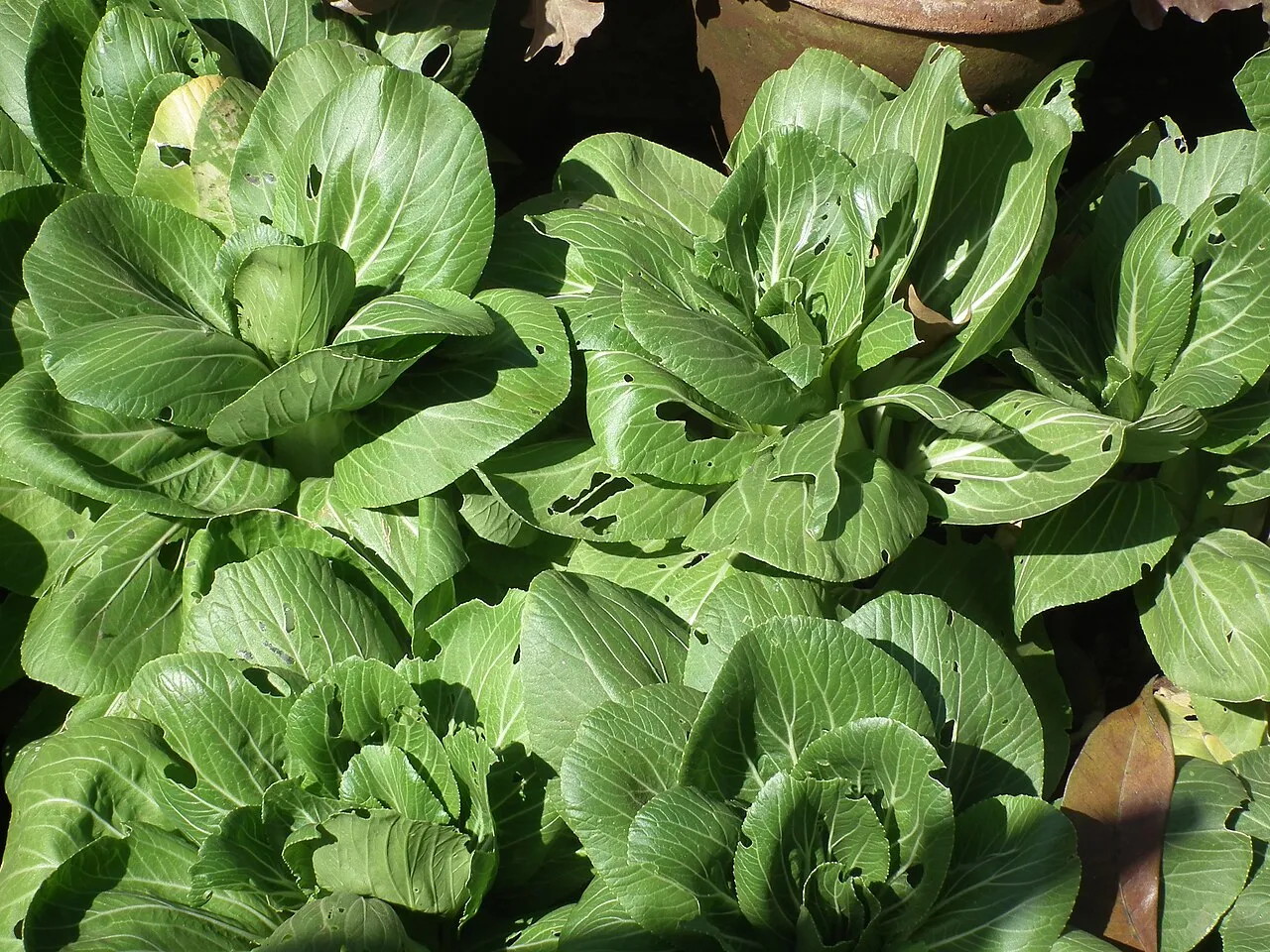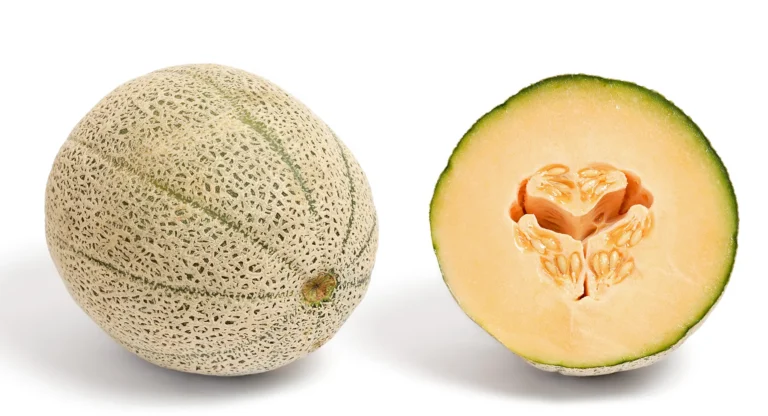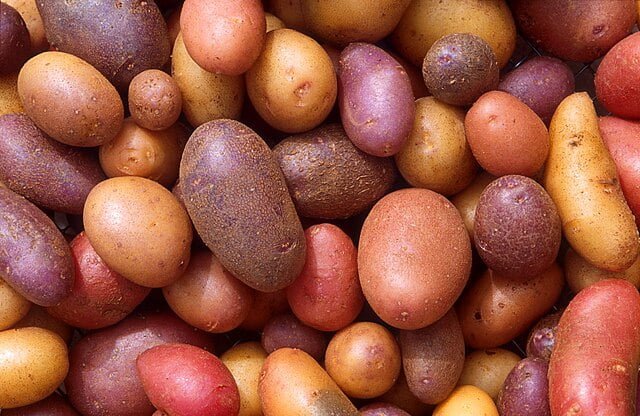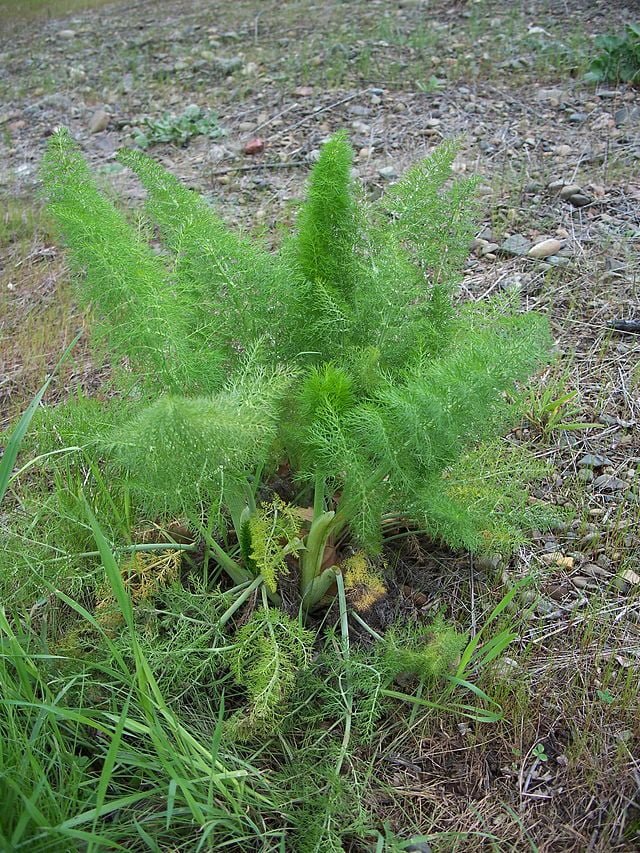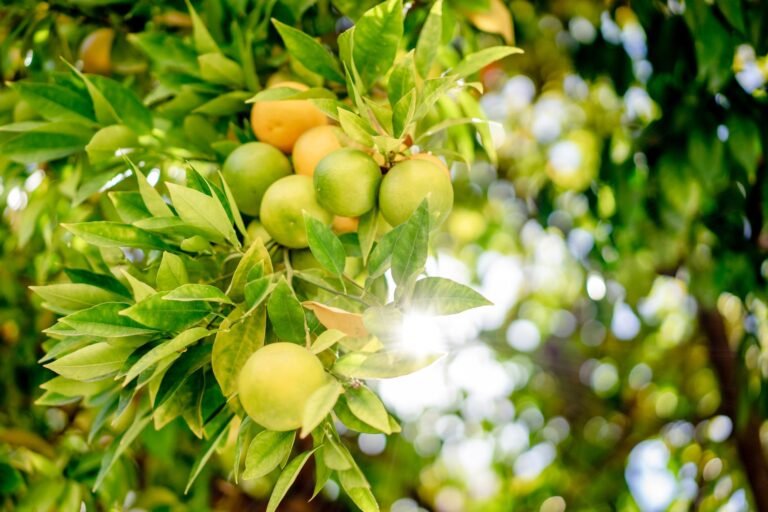The Gardener’s Guide to Growing Bok Choy: A Crunchy Addition to Your Garden
Bok choy, also known as pak choi or Chinese cabbage, belongs to the Brassica family and is highly valued for its tender leaves and crisp stalks. With its mild, slightly sweet flavour, bok choy is a fantastic addition to soups, stir-fries, and salads. Whether you’re an experienced gardener or trying your hand at growing greens for the first time, bok choy is a rewarding choice. Here’s everything you need to know about cultivating bok choy from seed to harvest.
Why Grow Bok Choy?
Bok choy is not only delicious but also packed with vitamins A, C, and K, along with minerals like calcium and iron. It’s quick-growing, making it an ideal choice for both spring and fall gardens. Plus, its versatility in the kitchen means you can enjoy it in a wide array of dishes.
How to Grow Bok Choy
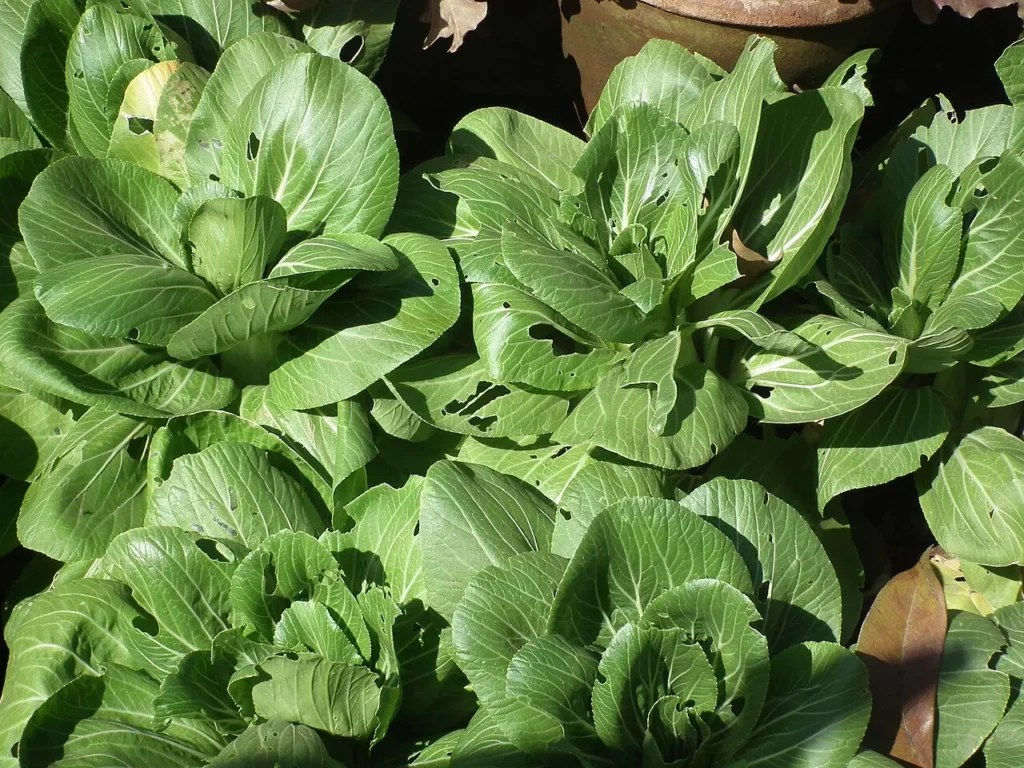
Selecting Bok Choy Varieties
There are several varieties of bok choy to consider, ranging from the traditional large types to smaller, baby bok choy varieties. Some popular choices include:
- ‘Joi Choi’: This variety is known for its large size and resistance to bolting in warm weather.
- ‘Baby Bok Choy’: A smaller type that’s perfect for container gardening and quick cooking.
- ‘Shanghai’: Features green stems and is known for its tenderness and mild flavour.
How to Plant Bok Choy
- Timing: Bok choy thrives in cooler temperatures, making it perfect for spring or fall planting. For a fall harvest, plant seeds about 6-8 weeks before the first expected frost.
- Soil and Site: Choose a site with full sun to partial shade and well-draining soil rich in organic matter. Bok choy prefers a soil pH of 6.0-7.5.
- Sowing Seeds: Plant seeds directly in the garden about 1/4 inch deep and 1 inch apart in rows. Thin seedlings to 6-12 inches apart, depending on the variety.
Caring for Bok Choy
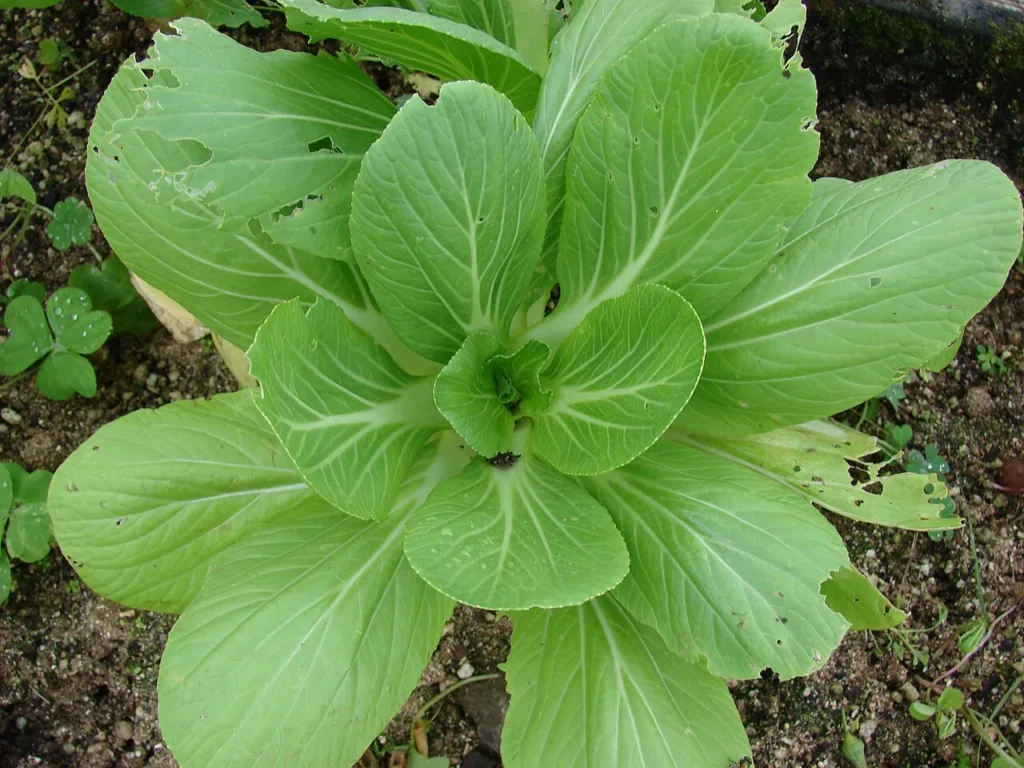
- Watering: Keep the soil consistently moist but not waterlogged. Bok choy requires regular watering, especially during dry spells, to maintain tender growth and prevent bolting.
- Mulching: Apply a layer of organic mulch around plants to retain moisture, suppress weeds, and keep the roots cool.
- Feeding: Use a balanced, all-purpose fertilizer about 3 weeks after planting to encourage lush, healthy growth.
Pest and Disease Management
Bok choy can be susceptible to pests like aphids and cabbage worms, as well as diseases such as clubroot and downy mildew. To minimize issues, practice crop rotation, use floating row covers to protect young plants, and remove affected leaves promptly.
Harvesting Bok Choy
Bok choy is ready to harvest 45-60 days after planting, depending on the variety. For full-sized varieties, wait until the base is about 3-6 inches in diameter. Baby bok choy can be harvested when it’s about 4-6 inches tall. Cut the plant at soil level with a sharp knife.
Enjoying Your Harvest
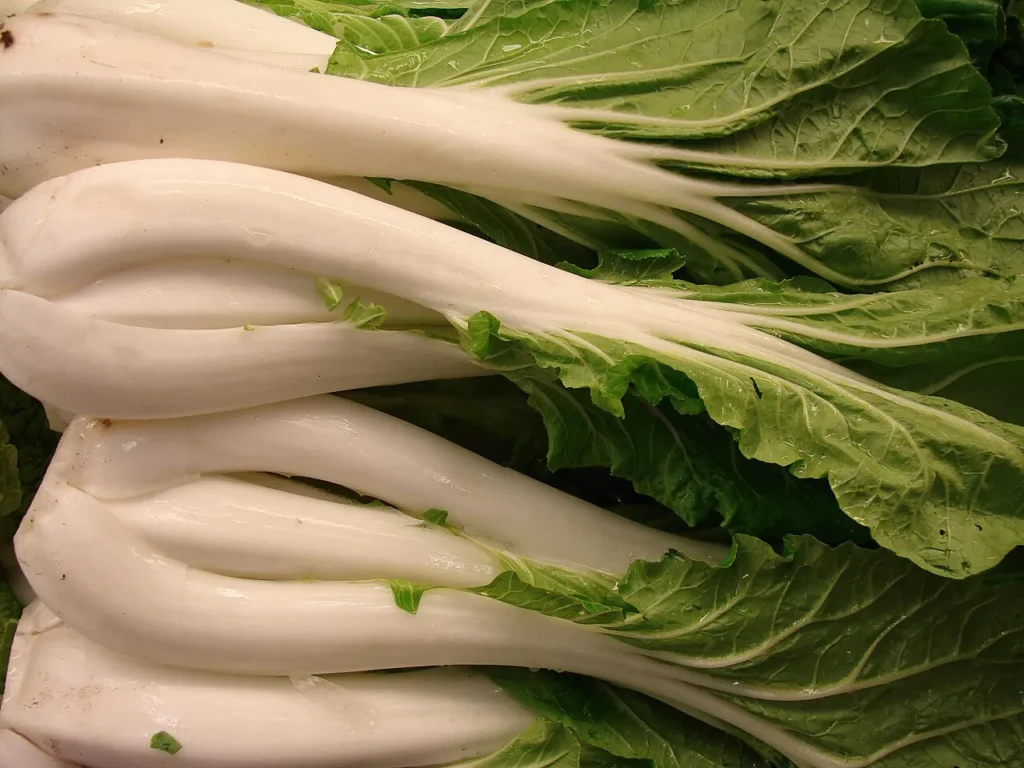
Bok choy can be used fresh in salads, sautéed, steamed, or added to soups. Its crisp texture and mild flavour make it a versatile green for a variety of culinary applications.
Additional Resources for Growing and Cooking Bok Choy
1. National Gardening Association – Planting Guide for Bok Choy
- Website: Garden.org
- Description: This guide provides detailed information on the best practices for planting, caring for, and harvesting bok choy. It includes tips on soil preparation, watering needs, and dealing with common pests and diseases.
- Usefulness: Ideal for beginners and experienced gardeners looking to refine their techniques.
2. Royal Horticultural Society (RHS) – Bok Choy Growing Tips
- Website: RHS
- Description: The RHS offers expert advice on how to grow and care for bok choy in different climates and soil types. The site also includes suggestions for companion plants to enhance growth and reduce pest issues.
- Usefulness: Perfect for gardeners in the UK and similar temperate climates seeking to add bok choy to their vegetable gardens.
Final Thoughts
Growing bok choy is a straightforward and rewarding process, yielding fresh, nutritious greens for your table. By following these guidelines, you can enjoy a bountiful harvest of bok choy, adding a healthy crunch to your meals.

